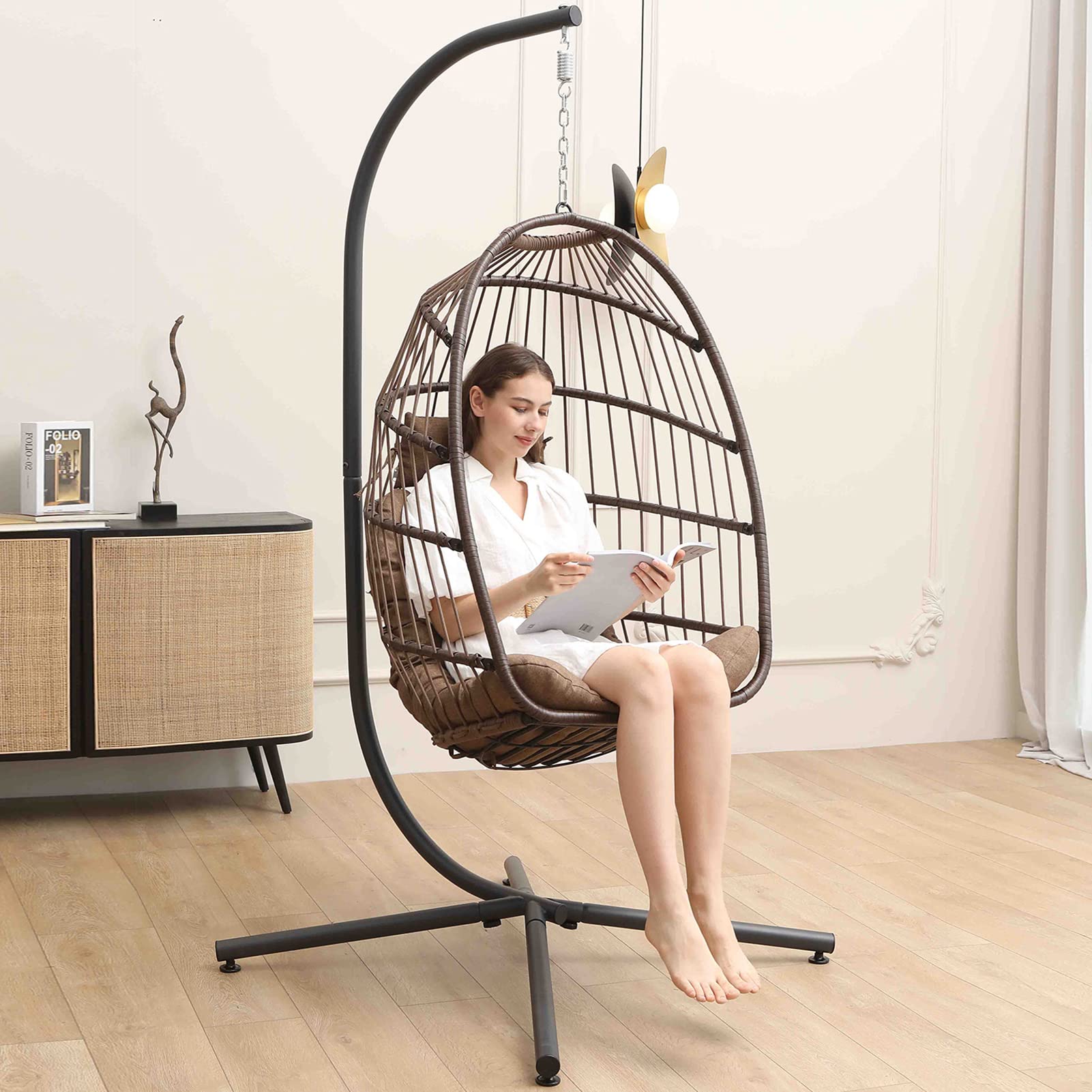
The mid-century modern design movement of the 20th century brought forth a plethora of iconic furniture pieces that continue to captivate design enthusiasts to this day. Among these treasures stands the Egg Chair, a creation of Danish architect and designer Arne Jacobsen that has become synonymous with timeless style and comfort. As we delve into a comparative analysis between the Egg Chair and other mid-century modern furniture, we embark on a journey to understand the distinctive qualities, design philosophies, and enduring popularity of these remarkable pieces. From their origins to their impact on interior design, let us explore the remarkable world of the Egg Chair and its place among its mid-century counterparts.
Design Concepts and Philosophy
The Egg Chair, an iconic creation of Danish architect and designer Arne Jacobsen in 1958, represents a distinct design concept within the realm of mid-century modern furniture. While other mid-century pieces, such as the Eames Lounge Chair or Barcelona Chair, embody clean lines and minimalistic aesthetics, the Egg Chair takes a more sculptural and organic approach. Its unique shape, inspired by the form of an egg, creates a sense of coziness and privacy, making it a standout piece in any interior. The Egg Chair’s curved backrest and high sides provide a sense of enclosure, allowing users to retreat and feel protected within its embrace.
Comfort and Ergonomics
In terms of comfort and ergonomics, the Egg Chair excels with its carefully considered design. The chair’s shape and padding offer exceptional comfort and support. The curved backrest provides lumbar support, while the high sides envelop the sitter, creating a sense of security and relaxation. The chair’s ergonomic design and plush upholstery ensure a comfortable seating experience, making it suitable for extended periods of use. While other mid-century modern furniture pieces may prioritize sleek aesthetics, the Egg Chair strikes a balance between style and comfort, making it an ideal choice for those seeking both.
Versatility and Adaptability
When comparing the Egg Chair to other mid-century modern furniture, versatility and adaptability must be considered. The Egg Chair’s distinctive design may lend itself more to specific interior styles, such as contemporary or Scandinavian. Its sculptural form and statement-making presence make it a focal point in any space. On the other hand, other mid-century furniture pieces like the Eames Lounge Chair or the Noguchi Coffee Table have a timeless quality that allows them to seamlessly integrate into various design schemes. Their clean lines and minimalist approach make them versatile and adaptable to different interior aesthetics, offering more flexibility in their use.
Iconic Status and Popularity
Both the Egg Chair and other mid-century modern furniture hold significant status and popularity within the design world. The Egg Chair’s unique shape, timeless appeal, and appearances in films and high-end establishments have contributed to its iconic status. It has become a symbol of mid-century modern design, revered by design enthusiasts and collectors. Similarly, other mid-century furniture pieces like the Eames Lounge Chair or the Saarinen Tulip Table have achieved widespread recognition and admiration. Their innovative designs and contributions to the mid-century modern movement have solidified their status as design icons.
In conclusion, the comparative analysis between the Egg Chair and other mid-century modern furniture highlights their distinct design concepts, comfort and ergonomics, versatility, and iconic status. The Egg Chair’s organic form and emphasis on comfort set it apart, while other mid-century modern furniture pieces offer timeless appeal and adaptability to various design styles. Ultimately, the choice between these furniture pieces depends on individual preferences, desired aesthetics, and the overall design goals of the space. Whether it’s the sculptural presence of the Egg Chair or the sleek versatility of other mid-century designs, both options have the power to elevate any interior with their iconic status.